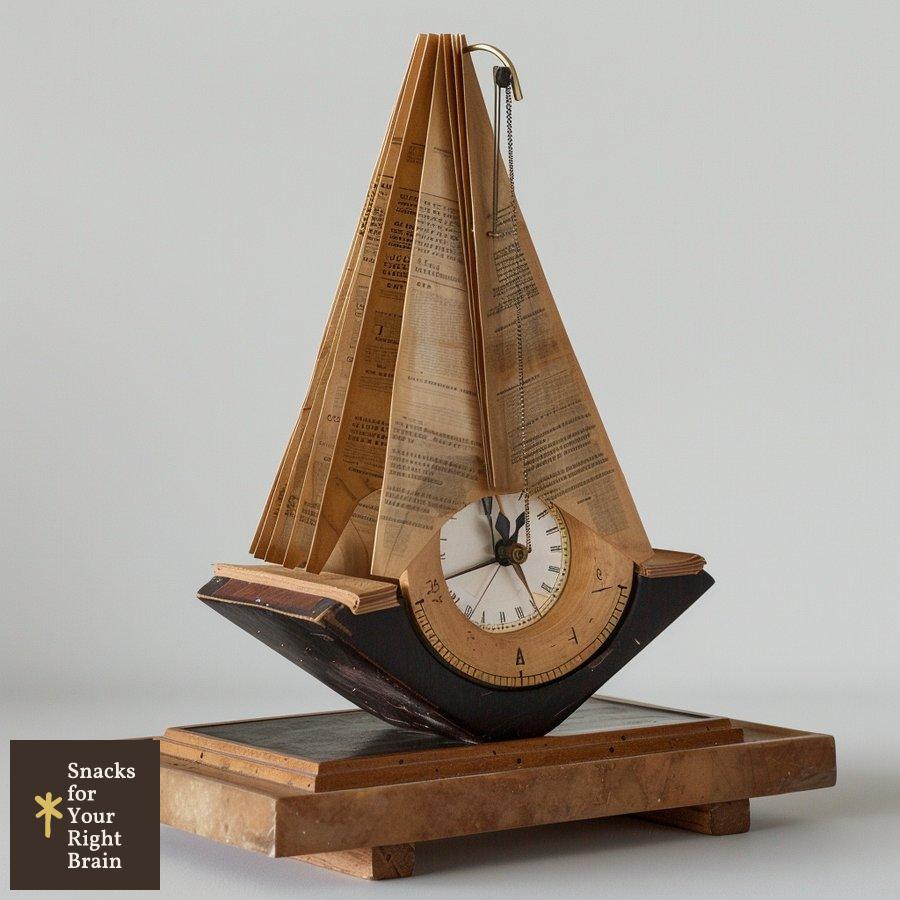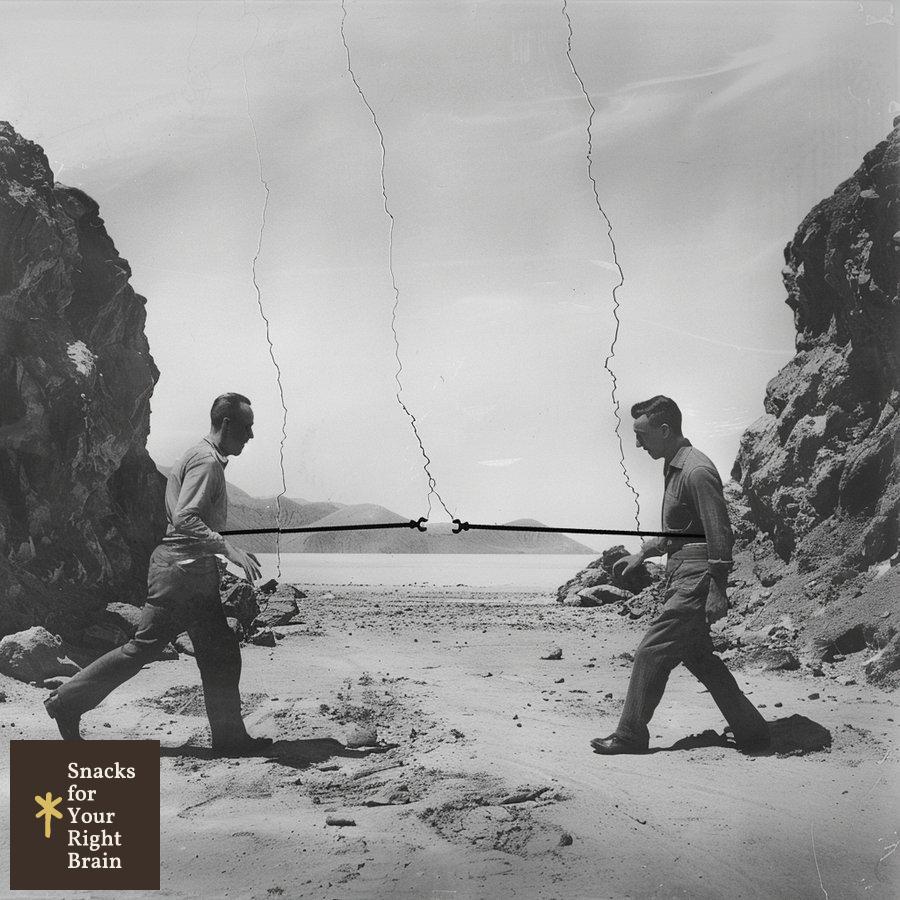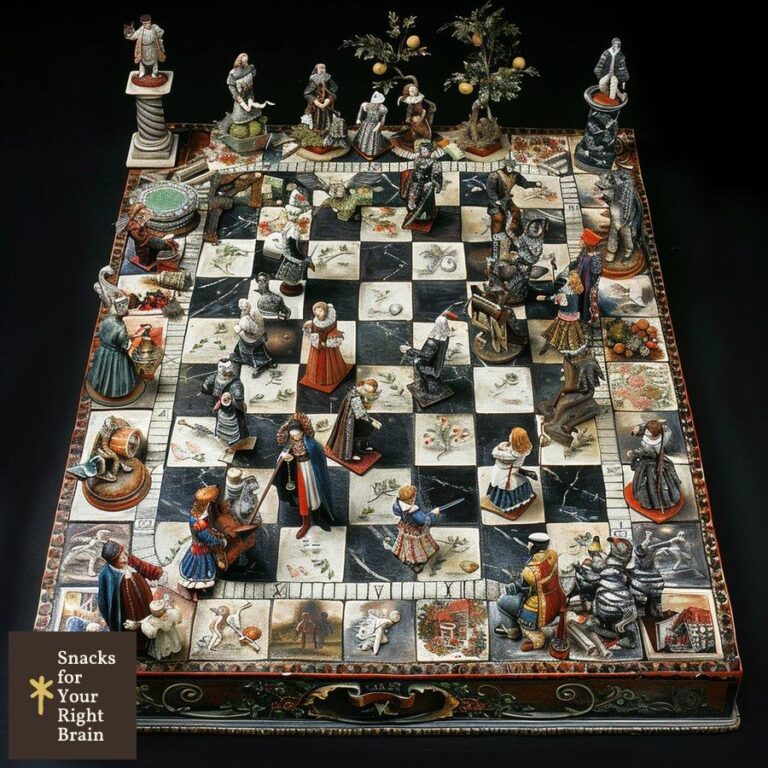What Is Pacing in a Short Story
What is pacing in a short story?

Pacing in a short story refers to the speed at which the narrative unfolds. It encompasses how quickly or slowly the plot progresses, influencing the reader’s experience and emotional response. Effective pacing is crucial in maintaining engagement, guiding the reader through the story’s emotional landscape, and ensuring that key moments resonate.
In short stories, pacing is often more compressed than in longer formats, requiring writers to make deliberate choices about what to include and how to present it. The rhythm of the narrative can be adjusted through various techniques, affecting the tension and flow of the story.
Importance of Pacing
Pacing serves several essential functions in storytelling:
-
Engagement: Well-paced stories keep readers interested, ensuring they remain invested in the characters and plot.
-
Emotional Impact: The pacing can heighten emotional moments, allowing readers to fully absorb significant events or revelations.
-
Tension Building: A carefully controlled pace can create suspense and anticipation, compelling readers to continue turning pages.
Ultimately, pacing is not merely about speed; it’s about the timing of events and the emotional beats that resonate with the reader.
How does pacing differ between short stories and novels?
The differences in pacing between short stories and novels stem from their distinct structures and purposes.
Length and Brevity
-
Short Stories: Typically range from 1,000 to 7,500 words. The brevity necessitates a more accelerated pace, where every word counts. Writers must convey character development, plot progression, and thematic depth in a limited space.
-
Novels: Often exceed 40,000 words, allowing for more gradual pacing. This extended length provides room for subplots, detailed character arcs, and complex themes.
Narrative Complexity
-
Short Stories: Focus on a singular theme or moment, requiring a tight narrative structure. Pacing shifts quickly to emphasize critical moments, often leading to a swift resolution.
-
Novels: Can explore multiple themes and character arcs, allowing for varied pacing throughout. Writers can afford to slow down to develop subplots or deepen character relationships.
Reader Expectations
-
Short Stories: Readers expect a quick, impactful experience, often looking for a twist or a poignant conclusion.
-
Novels: Readers anticipate a more immersive journey, with a gradual build-up of tension and resolution.
In summary, while pacing in short stories is often brisk and focused, novels allow for a more nuanced and varied approach.
What elements control pacing in short fiction?
Several elements influence pacing in short fiction, each contributing to the overall rhythm and flow of the narrative.
Sentence Structure
The complexity and length of sentences can significantly affect pacing. Short, punchy sentences create a fast-paced feel, while longer, more intricate sentences can slow the reader down.
Dialogue
Dialogue can serve as a pacing tool, allowing characters to express thoughts and emotions quickly. Rapid exchanges can accelerate the pace, while longer monologues can provide depth and reflection, slowing the story down.
Action vs. Description
-
Action: Fast-paced scenes often involve action, conflict, or tension. Quick transitions between events can maintain momentum.
-
Description: Detailed descriptions of settings or characters can slow the pace, allowing readers to visualize the story’s world.
Scene Length
The length of scenes also plays a role in pacing. Short scenes can create a sense of urgency, while longer scenes can develop themes and character relationships more deeply.
Transitions
Smooth transitions between scenes or events can maintain pacing, while abrupt shifts can disrupt the flow, forcing readers to adjust to new contexts.
What are the main types of pacing used in short stories?
Writers often employ various pacing techniques to achieve specific effects within their short stories.
Fast Pacing
Fast pacing is characterized by rapid plot developments and quick scene changes. It is often used in action-oriented stories or those that require immediate tension.
Slow Pacing
Slow pacing allows for deeper exploration of themes and character emotions. It is effective in stories that focus on internal conflicts or character development, giving readers time to reflect on the narrative.
Variable Pacing
Variable pacing combines both fast and slow elements, creating a dynamic reading experience. This technique can enhance tension by alternating between high-stakes moments and quieter, reflective scenes.
Summary Table of Pacing Types
| Pacing Type | Characteristics | Common Uses |
|---|---|---|
| Fast Pacing | Rapid developments, quick scenes | Action stories, thrillers |
| Slow Pacing | Detailed exploration, longer scenes | Character-driven narratives |
| Variable Pacing | Mix of fast and slow elements | Dynamic storytelling, tension building |
How can writers manipulate pace effectively?
Manipulating pace effectively requires a keen understanding of how various elements work together to create the desired rhythm.
Techniques for Manipulating Pace
-
Vary Sentence Length: Mix short and long sentences to create a natural ebb and flow. Short sentences can convey urgency, while longer ones can provide depth.
-
Control Scene Length: Use shorter scenes for fast-paced moments and longer scenes for introspection or exposition.
-
Utilize Dialogue: Incorporate rapid-fire dialogue to quicken the pace, or use reflective monologues to slow it down.
-
Balance Action and Description: Alternate between action sequences and descriptive passages to maintain reader interest and control pacing.
Example of Pacing Manipulation
Consider a scene where a character is fleeing from danger. The writer can use short, clipped sentences to create a sense of urgency:
“He ran. Heart pounding. Feet pounding. The door loomed ahead.”
In contrast, a reflective moment after the escape might employ longer, more descriptive sentences:
“He leaned against the cool brick wall, the night air filling his lungs as he tried to calm the storm within.”
By consciously manipulating these elements, writers can create a compelling narrative that resonates with readers.
What are common pacing pitfalls to avoid in short stories?
Writers should be aware of several common pitfalls that can disrupt pacing in short stories:
Overly Slow Start
Beginning with lengthy exposition or description can cause readers to lose interest. A strong opening should engage readers immediately, drawing them into the action or conflict.
Rushed Conclusions
Ending a story too quickly can leave readers feeling unsatisfied. Ensure that the resolution allows for reflection on the themes and character arcs developed throughout the narrative.
Inconsistent Pacing
Shifting abruptly between fast and slow pacing without purpose can confuse readers. Maintain a consistent rhythm that aligns with the story’s emotional trajectory.
Lack of Tension
Failing to build tension can result in a flat narrative. Ensure that conflicts and stakes are clear, allowing the pace to reflect the rising tension throughout the story.
How does genre influence pacing expectations?
Different genres come with their own pacing conventions, shaping reader expectations and narrative structure.
Action and Adventure
In action and adventure stories, fast pacing is essential. Readers expect quick plot developments, high stakes, and intense action sequences.
Literary Fiction
Literary fiction often embraces slower pacing, allowing for deep character exploration and thematic richness. Readers anticipate a more reflective experience, with a focus on language and style.
Horror
Horror stories typically use variable pacing to build tension. Slow moments create an eerie atmosphere, while sudden bursts of action can shock and engage readers.
Romance
Romance narratives often balance slow and fast pacing, allowing for character development and emotional connection, followed by climactic moments of conflict or resolution.
What techniques can improve pacing during revision?
During the revision process, writers can employ several techniques to enhance pacing:
Read Aloud
Reading the story aloud can help identify awkward phrasing or pacing issues. Listen for sections that feel too slow or rushed, allowing for adjustments.
Analyze Scene Structure
Examine each scene for its purpose and pacing. Ensure that each scene contributes to the overall narrative arc and maintains reader interest.
Seek Feedback
Sharing the story with beta readers can provide valuable insights into pacing. Readers can offer perspectives on which sections felt engaging or dragged on too long.
Cut Unnecessary Content
Eliminate any content that does not serve the narrative. Every word should contribute to character development, plot progression, or thematic depth.
How does pacing affect reader engagement and emotional impact?

Pacing plays a critical role in shaping reader engagement and emotional responses.
Engagement
A well-paced story keeps readers invested, encouraging them to turn pages and immerse themselves in the narrative. Fast-paced sections can create excitement, while slower moments allow for reflection and connection.
Emotional Impact
Pacing influences how readers experience emotions within the story. A sudden shift from fast-paced action to a slow, reflective moment can heighten emotional resonance, allowing readers to absorb significant events.
Example of Emotional Pacing
In a story about loss, a writer might employ fast pacing during the character’s initial shock, using short sentences to convey chaos. As the character processes their grief, the pacing can slow, allowing readers to feel the weight of the moment.
What are effective pacing strategies for different short story lengths?
Different lengths of short stories call for tailored pacing strategies to maintain engagement and coherence.
Flash Fiction (Under 1,000 Words)
-
Focus on a Single Moment: Use a tight narrative that centers on a pivotal moment or revelation.
-
Use Concise Language: Every word must serve a purpose, creating an impactful experience in a limited space.
Short Stories (1,000 to 7,500 Words)
-
Develop a Clear Arc: Ensure that the story has a beginning, middle, and end, with a clear progression of events.
-
Balance Action and Reflection: Incorporate both fast-paced action and slower, reflective moments to create depth.
Longer Short Stories (7,500 to 15,000 Words)
-
Explore Subplots: Introduce secondary characters and subplots that can enrich the narrative without overwhelming the main arc.
-
Vary Pacing Throughout: Use a mix of pacing techniques to maintain reader interest and build tension.
How can writers use advanced pacing techniques to enhance their stories?
Advanced pacing techniques can elevate a story, creating a more immersive experience for readers.
Nonlinear Pacing
Using a nonlinear structure can create intrigue and suspense. By revealing events out of chronological order, writers can manipulate pacing to enhance tension and engagement.
Flashbacks and Foreshadowing
Incorporating flashbacks or foreshadowing can alter pacing, providing context or building anticipation. These techniques can slow the narrative to deepen emotional connections or quicken it to heighten suspense.
Juxtaposition
Placing contrasting scenes side by side can create a dynamic pacing effect. For example, alternating between a high-stakes action scene and a quiet, introspective moment can enhance tension and emotional depth.
What role does sentence structure play in controlling pace?

Sentence structure is a vital tool for controlling pacing in a narrative.
Short Sentences
Short sentences can create urgency and propel the narrative forward. They are effective in action scenes or moments of high tension, where quick thoughts and reactions are essential.
Complex Sentences
Longer, more complex sentences can slow the pace, allowing for detailed descriptions and deeper exploration of themes. These sentences are suitable for reflective moments or character development.
Varied Structure
Using a mix of short and long sentences creates a natural rhythm, enhancing the reading experience. This variation keeps readers engaged and allows for emotional peaks and valleys.
How can dialogue be used to adjust story pacing?
Dialogue serves as a powerful tool for adjusting pacing in a narrative.
Quick Exchanges
Rapid dialogue can accelerate pacing, creating a sense of urgency or excitement. This technique is effective in scenes of conflict or tension, where characters react quickly to circumstances.
Reflective Dialogue
Longer, more thoughtful dialogue can slow the pace, allowing characters to express their feelings and motivations. This technique is useful in moments of introspection or emotional depth.
Dialogue Tags and Structure
Using minimal dialogue tags can maintain the pace during fast exchanges, while descriptive tags can slow it down during reflective moments. Structuring dialogue with interruptions or overlaps can also create a sense of urgency.
What is the relationship between pacing and narrative tension?
Pacing and narrative tension are deeply interconnected, influencing how readers experience a story.
Building Tension
Pacing can build tension by controlling the flow of information and events. Slow pacing can create suspense, while fast pacing can heighten excitement.

Release of Tension
The resolution of tension often requires a shift in pacing. A climactic moment may involve rapid developments, followed by a slower pace that allows for reflection on the events that transpired.
Example of Tension and Pacing
In a thriller, a writer might use fast pacing during a chase scene to create excitement, followed by a slower pace as the protagonist confronts the consequences of their actions. This interplay enhances the overall emotional impact of the narrative.
How can writers balance action and reflection to control pace?
Balancing action and reflection is essential for controlling pace and creating a well-rounded narrative.
Action Scenes
Action scenes should be fast-paced, with quick transitions and minimal description. This approach keeps readers engaged and heightens excitement.
Reflective Moments
Incorporating reflective moments allows characters to process events and emotions. Slowing the pace during these moments provides depth and encourages reader connection.
Strategic Placement
Carefully placing action and reflection throughout the story can create a dynamic rhythm. Alternating between fast-paced action and slower reflective passages can maintain reader interest and enhance emotional resonance.
By understanding and applying these various aspects of pacing, writers can craft short stories that captivate readers, evoke emotions, and leave a lasting impact.






